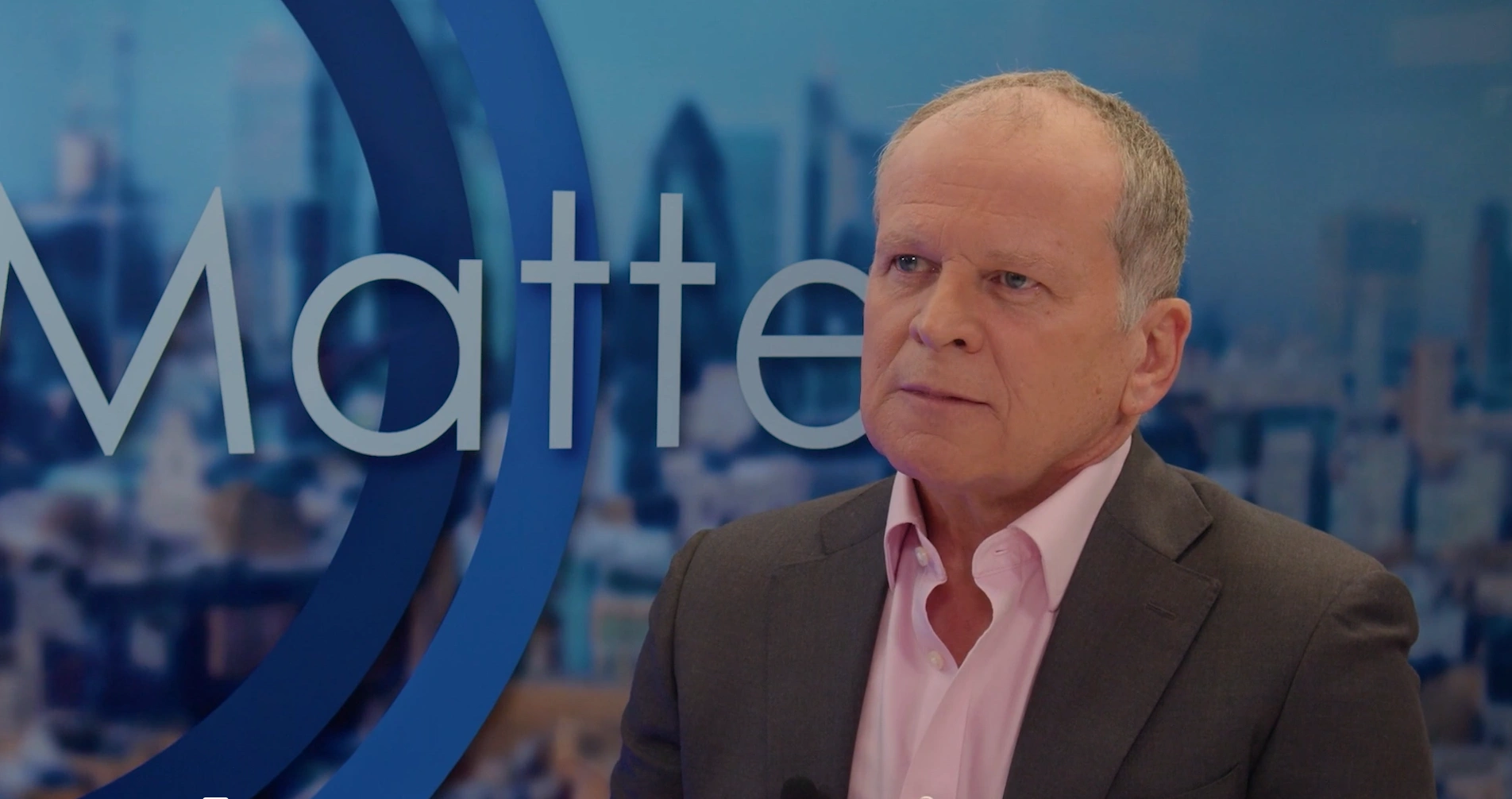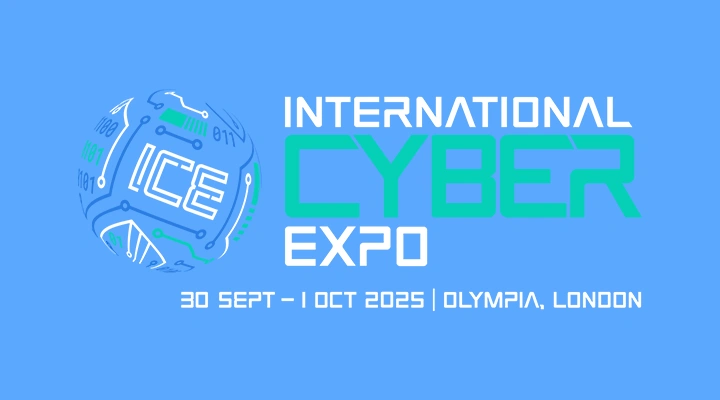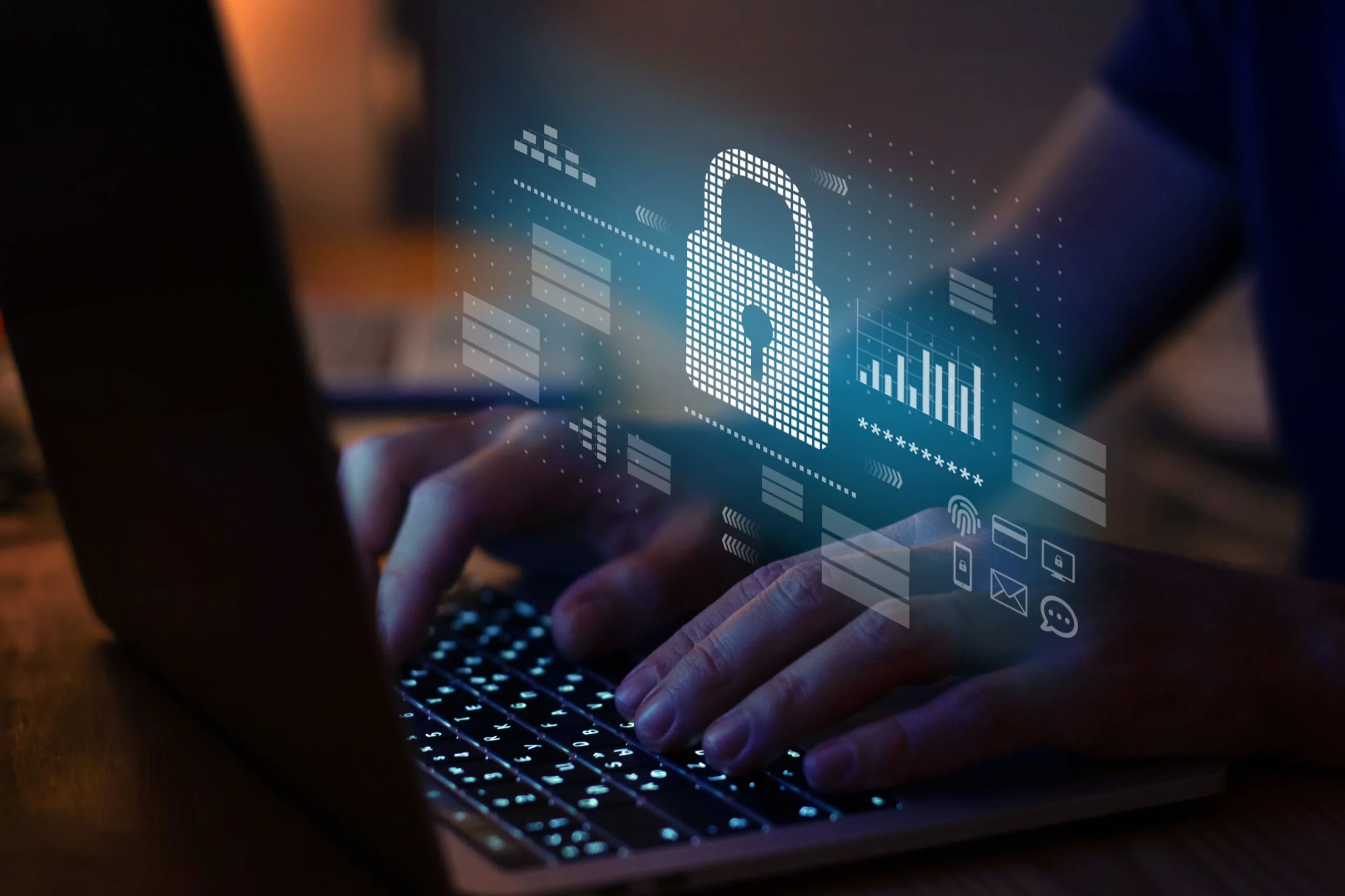Navigating risk amidst global geopolitical tensions and uncertainty

John E. Kaye
- Published
- Cybersecurity, Technology

By Steve Durbin, Chief Executive, Information Security Forum
For decades, our world was shaped by globalisation and geoeconomics, but only recently has it shifted into one defined by geopolitical risk. Ongoing shocks on society such as the Russia-Ukraine war, the Middle East crisis, the rise of far-right populism, culture wars, immigration, climate change, etc., are reshaping global structures and relationships leading to significant realignments for 2025.
While these macro-level issues may be unpredictable and beyond any single nation’s control, businesses still have a choice to focus on factors that are within their influence. Listed below are five key areas where organisations and their risk managers must allocate efforts to navigate these uncertain times.
The Supply Chain: Few leaders fully grasped how dependent the world was on Russian natural gas. Similarly, risk managers must never underestimate supply chain security. A supply chain partner bearing a weak cybersecurity posture can leave doors wide open for hacktivists and cyber criminals. Components within security software and hardware may be susceptible to espionage and data leak. Organisations must proactively conduct risk assessments of their supply chain partners and third-party services so that threats can be mitigated appropriately.
Sufficient Risk Awareness: Cyber risk is a business risk. If you are in charge of cybersecurity for an organisation that operates across multiple geographies, then it’s important to stay alert on regional and geopolitical issues. Are conflicts brewing? How will they affect the business? Will they make your organisation a prime target for cyberattack? Are employees prepared and trained to manage such risks? Are there sufficient security defenses in place to detect and thwart cyberattacks?
Impact on Branch Offices: Say you have a sizable branch remotely located which has been disrupted by a ransomware attack. Do you have the backup infrastructure deployed and tested? Do you have a communication strategy to inform customers and relevant stakeholders? Do you have service providers in risk management that can step in locally? Are you in contact with local authorities and the government? Does your business have a recovery plan?
Preparation and Practice: When crisis strikes, the workforce must hit the ground running as a unified team. They should understand the organisation’s disaster relief plan and their role within. Delivering accurate, up-to-date information is key because it will help avoid the viral spread of misinformation. By rehearsing such crisis scenarios regularly with teams and employees, organisations can better position for any sudden or unexpected crisis.
Misinformation, Disinformation and Phishing: During a crisis, social media will most likely give rise to a wave of unintended misinformation and malicious disinformation. In such a scenario, how do customers, partners and employees access reliable and credible information? Risk managers must control all official information sources to ensure that reliable channels remain unaffected. Threat actors can use this opportunity to unleash targeted phishing attacks. Security teams must train and prepare employees to deal with such threats.
Current geopolitical tensions necessitate heightened attention from risk managers and cybersecurity teams. Business continuity relies on the ability to identify threats, to collectively respond to security incidents, to be adequately trained and prepared, to maintain supply chain resilience and demand for information integrity – all critical elements giving leadership greater confidence for managing risk.
Further information
linkedin.com/in/stevedurbin
Sign up to The European Newsletter
RECENT ARTICLES
-
 AI innovation linked to a shrinking share of income for European workers
AI innovation linked to a shrinking share of income for European workers -
 Europe emphasises AI governance as North America moves faster towards autonomy, Digitate research shows
Europe emphasises AI governance as North America moves faster towards autonomy, Digitate research shows -
 Surgeons just changed medicine forever using hotel internet connection
Surgeons just changed medicine forever using hotel internet connection -
 Curium’s expansion into transformative therapy offers fresh hope against cancer
Curium’s expansion into transformative therapy offers fresh hope against cancer -
 What to consider before going all in on AI-driven email security
What to consider before going all in on AI-driven email security -
 GrayMatter Robotics opens 100,000-sq-ft AI robotics innovation centre in California
GrayMatter Robotics opens 100,000-sq-ft AI robotics innovation centre in California -
 The silent deal-killer: why cyber due diligence is non-negotiable in M&As
The silent deal-killer: why cyber due diligence is non-negotiable in M&As -
 South African students develop tech concept to tackle hunger using AI and blockchain
South African students develop tech concept to tackle hunger using AI and blockchain -
 Automation breakthrough reduces ambulance delays and saves NHS £800,000 a year
Automation breakthrough reduces ambulance delays and saves NHS £800,000 a year -
 ISF warns of a ‘corporate model’ of cybercrime as criminals outpace business defences
ISF warns of a ‘corporate model’ of cybercrime as criminals outpace business defences -
 New AI breakthrough promises to end ‘drift’ that costs the world trillions
New AI breakthrough promises to end ‘drift’ that costs the world trillions -
 Watch: driverless electric lorry makes history with world’s first border crossing
Watch: driverless electric lorry makes history with world’s first border crossing -
 UK and U.S unveil landmark tech pact with £250bn investment surge
UK and U.S unveil landmark tech pact with £250bn investment surge -
 International Cyber Expo to return to London with global focus on digital security
International Cyber Expo to return to London with global focus on digital security -
 Cybersecurity talent crunch drives double-digit pay rises as UK firms count cost of breaches
Cybersecurity talent crunch drives double-digit pay rises as UK firms count cost of breaches -
 Investors with €39bn AUM gather in Bologna to back Italy’s next tech leaders
Investors with €39bn AUM gather in Bologna to back Italy’s next tech leaders -
 Axians and Nokia expand partnership to strengthen communications infrastructure across EMEA
Axians and Nokia expand partnership to strengthen communications infrastructure across EMEA -
 Forterro buys Spain’s Inology to expand southern Europe footprint
Forterro buys Spain’s Inology to expand southern Europe footprint -
 Singapore student start-up wins $1m Hult Prize for education platform
Singapore student start-up wins $1m Hult Prize for education platform -
 UK businesses increase AI investment despite economic uncertainty, Barclays index finds
UK businesses increase AI investment despite economic uncertainty, Barclays index finds -
 Speed-driven email security: effective tactics for phishing mitigation
Speed-driven email security: effective tactics for phishing mitigation -
 Short circuit: humanoids go for gold at first 'Olympics for robots'
Short circuit: humanoids go for gold at first 'Olympics for robots' -
 New IBM–NASA AI aims to forecast solar flares before they knock out satellites or endanger astronauts
New IBM–NASA AI aims to forecast solar flares before they knock out satellites or endanger astronauts -
 AI is powering the most convincing scams you've ever seen
AI is powering the most convincing scams you've ever seen -
 British firm Skyral to help Mongolia tackle pollution with AI traffic modelling
British firm Skyral to help Mongolia tackle pollution with AI traffic modelling



























